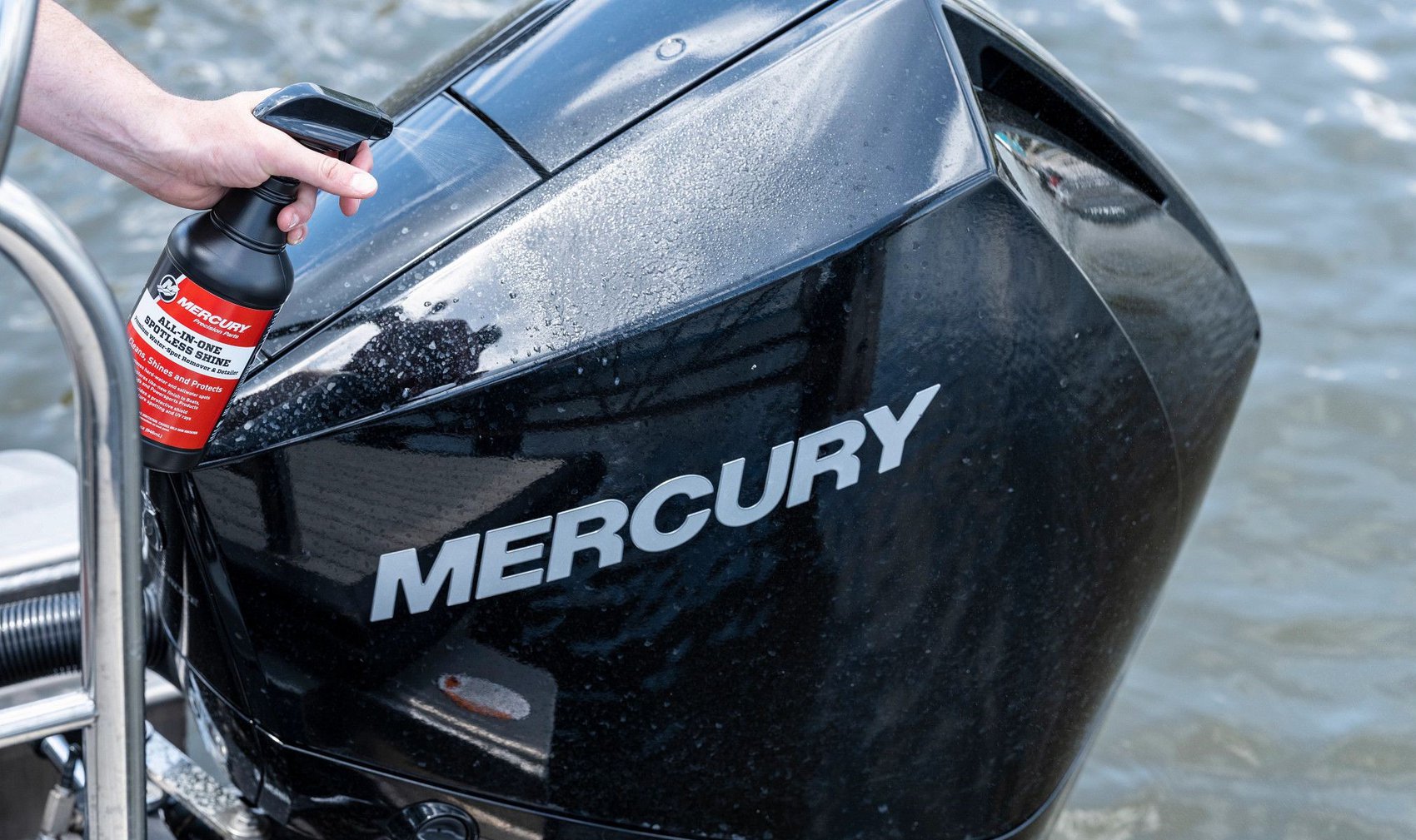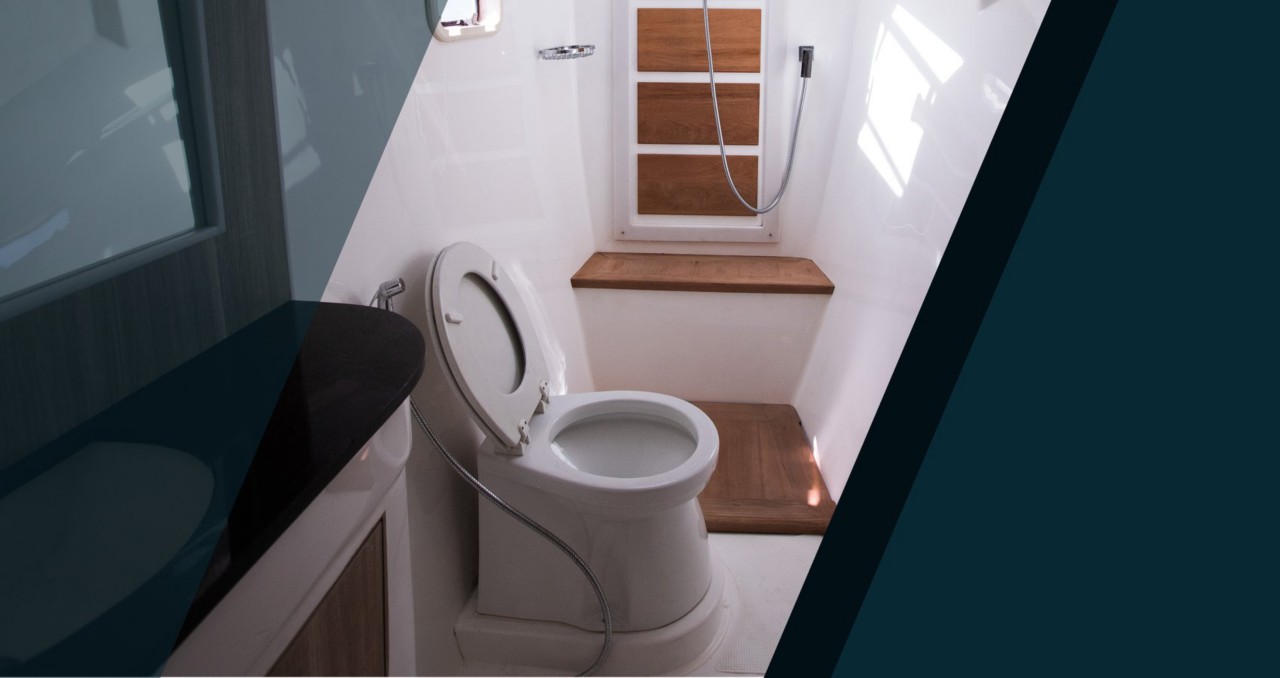Having a marine toilet, nautically known as a “head,” on your boat can add greatly to the comfort level of everyone on board and let you stay out on the water longer. Nevertheless, many owners of boats big enough to have a permanently installed head on board still refuse to use it, preferring to make rest stops on the shore instead. They are afraid of the head clogging up or emitting foul odors. Even if you and your passengers use the head regularly, however, you can avoid these problems by following a few simple maintenance tips.
Since it is illegal to pump or dump raw, untreated sewage overboard anywhere in the United States within three miles of shore, boats with installed toilets on board are required to have a U.S. Coast Guard-certified marine sanitation device (MSD) designed to receive, retain, treat or discharge sewage. On recreational boats large enough to house a manual or electric marine head (rather than a port-a-potty), typically the toilet is plumbed to a holding tank that stores the sewage until it can be pumped out at an appropriate facility.
The first step to proper head maintenance is to review the owner’s manual for your boat’s MSD. While electric toilets flush at the push of a button, many manual toilets are flushed by using a handle to pump water into the bowl before each use, and then to empty the bowl afterward. You select which way you want the water to flow by switching a lever to “Wet” or “Dry.” When emptying the bowl, it’s important to pump the handle enough times to clear the line between the toilet and the holding tank of odor-producing waste – but not so many times that you start filling up the holding tank with unnecessary water.
To prevent clogs, many boat owners instruct their passengers, “Don’t put anything into the head you haven’t eaten first.” But storing used toilet tissue in a wastebasket rather than flushing it down the toilet can lead to an even smellier head compartment. The solution is to use biodegradable RV/marine toilet paper. This single-ply tissue is designed to be flushed into the head and dissolves quickly in the holding tank. It is important to ask your guests not to flush any other type of manufactured products down the toilet, however. That can cause a clog.
Once a month, refresh your marine sanitation system and clear any scale buildup by pouring a pint of white vinegar into the toilet and flushing it into the system. If you have a manual head, move the vinegar slowly through the system by pumping the handle only once every four or five minutes. Follow up by flushing a gallon of fresh water down the toilet to clear the line.
Regular holding-tank pump-outs are important to ensure there always is enough room available in the holding tank when it’s needed. Pump-out service is often free of charge if you pay for a berth. Some marinas have floating “honey wagons” mounted on boats or barges that come to your vessel, while others offer a shoreside pump-out station. Each is equipped with a pump-out hose that has a nozzle you insert into the pump-out valve on the exterior of your boat. Turn on the pump, and suction will do the rest. Make sure to take your time – spills can be messy!
If you have a head on your boat, it can help everyone on board enjoy their day on the water all the more – but only if they are allowed to use it. A little care and maintenance, and you will never suffer a “head ache” again!




